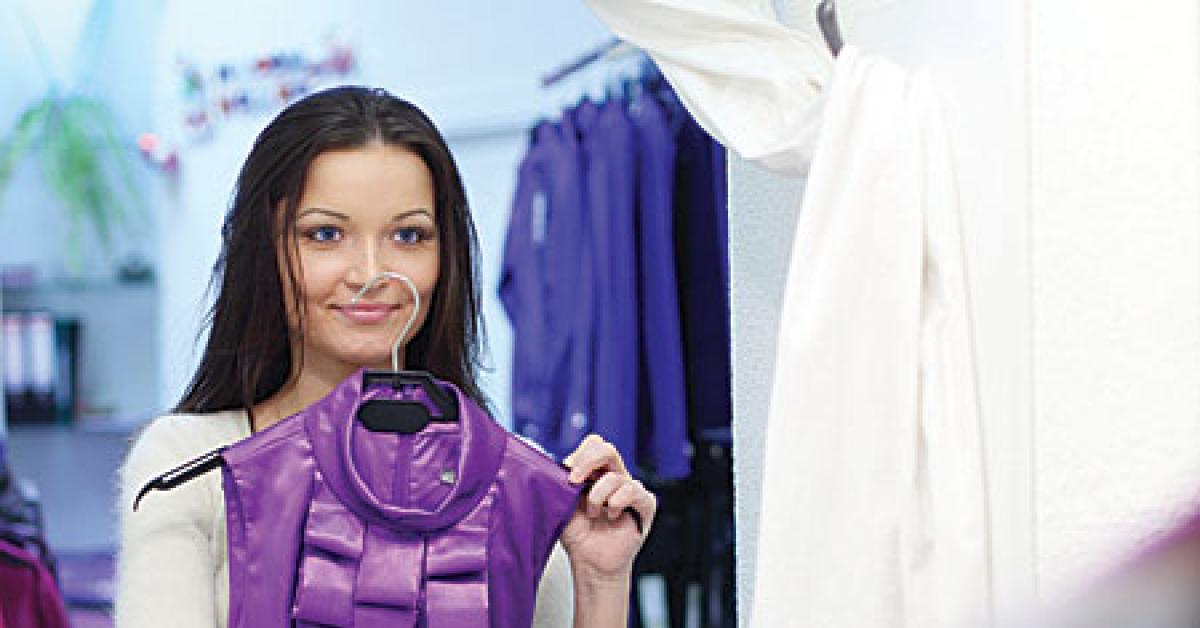CONCORD, N.C. — The cleaning industry is in a state of constant change.
I had the advantage of growing up in the family business, spending time on the counter and doing maintenance on equipment.
After college, I got away from cleaning, but found that I was much happier working for myself. I came back in 1981 and had the advantage of my dad being an excellent spotter, with an attitude that “good enough was not good enough,” only excellence was good enough.
For him, stains were why the clothes were there, and stains were to be gone when the customer received the garment at the counter. Seventy-seven years and counting. Now, a little history.
Silk requires a light spotting touch, and linen requires effort to give it the proper look and drape. I look back to 1985 as the day the rush toward mediocracy began and the “Sorry Tag” gained a firm footing in the distributor’s inventory.
But, there were still a limited number of people in the industry available to share knowledge and proper techniques to cleaners.
The IFI (International Fabricare Institute) had Norman Oehlke; the National Cleaners Association (NCA) had Bill Seitz; and my friend Stan Caplan was also available. If you wanted instruction, you didn’t have to look very far.
State and local associations were bringing in trainers almost quarterly. By 1994, IFI was reaching out for additional trainers to supplement their staff to travel in the field. Help was only a phone call away.
So, what happened?
Looking back, it appears that several variables came together. The U.S. Department of Health and Human Services, along with the Environmental Protection Agency, began looking closely at the chemical tools being used in almost all sectors of industry. That put the spotlight on perc.
The combination of better drycleaning detergents and moisture control allowed for a greater level of stain removal in the machine.
To stimulate sales, some equipment distributors “spun-off” a division of the company dedicated to selling turnkey/package plants to willing owners. Be your own boss, set your own hours, write your own paycheck.
They would install at a “prime” location and hand you the keys at closing. I went to a business fair once and was told that there was no technical knowledge required.
All these factors appear to have led to the consumer being convinced that marginal quality was the best the industry had to offer.
So the cleaning industry has experienced ups and downs before. It has always righted itself on the side of quality.
At the Five Star Conference in January, members of the Drycleaning & Laundry Institute (DLI, the former IFI) and the NCA gathered to network and hear presentations that would keep them ahead of cleaning industry trends. Speaker Lorynn Divita predicted the reversal of the trend of the past 10 years.
The once casually-oriented consumer is growing up. With this maturity comes a preference for quality-made fabrics, of quality construction, that will require professional care to look their best and protect the investment in their wardrobe.
You must stay ahead. As quality garments take the place to cheap garments, the need to return that garment with absolutely no stains will increase.
The consumer can afford to discard the shirt from the big box store when you fail to remove the mustard. But when that same customer has invested in a half dozen shirts from, say, a custom men’s clothing company like J. Hilburn, any stain left behind will send that customer looking for a new cleaner, instead of a new shirt.
You can rest assured that nothing remains constant except change. If you choose to sit still, you will quickly be passed by someone that is more motivated than you.
It is your investment you are protecting.
To read Part 1, go HERE.
Have a question or comment? E-mail our editor Dave Davis at [email protected].

